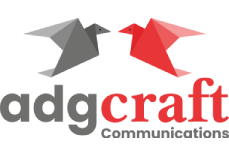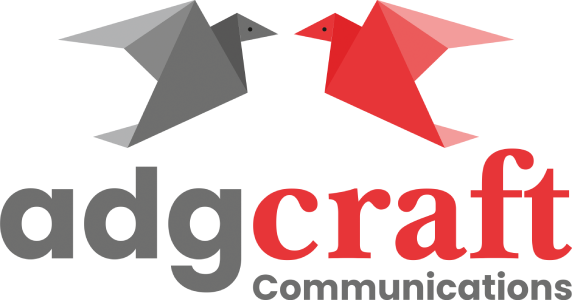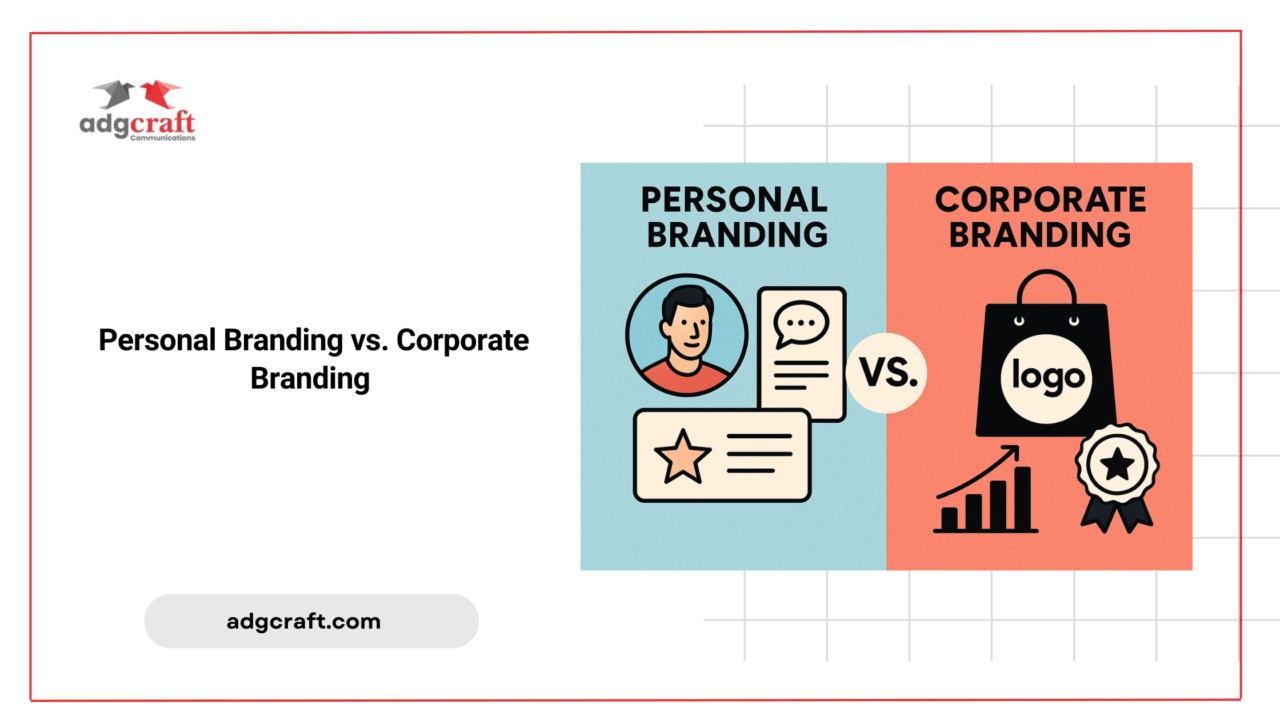In this hyper-connected world, branding is no longer reserved for businesses alone—it’s also for individuals. New leaders frequently have to manage two essential dimensions of branding: their own identity and their business’s reputation. But how do you balance the two without weakening either? Grasping the subtleties of personal and corporate branding is the secret to managing this double duty successfully.
Understanding Personal Branding and Corporate Branding
Now, before we tackle balancing both, let’s unpack what each involves:
Personal Branding is the picture you create around yourself—your values, knowledge, personality, and distinct strengths. It’s the way you position yourself in your industry and the wider world. Having a robust personal brand makes you more relatable, trustworthy, and powerful.
Corporate Branding, however, is all about a company’s identity—mission, values, culture, and public image. It’s establishing customer trust and standing out from the competition.
For emerging leaders, both brands need to peacefully coexist, supporting and not undermining one another.
Why Balancing Both Is Important for Entrepreneurs?
In the modern-day business world, the leader is much more than just a company’s face—it’s a voice, an ethos, and a driving force behind the image. Personal branding and corporate branding reinforce each other if done correctly. Take Richard Branson, for example—his action as well as people-oriented personal brand sits incredibly well with Virgin’s playfulness and edgy corporate brand.
If a rising leader forgets personal branding, they can find it hard to establish credibility and trust. On the other hand, if they focus too much on personal branding and compromise corporate branding, they might end up eclipsing the company they are representing. The solution lies in finding a synergy between the two.
How to Balance Personal Branding Vs Corporate Branding
1. Align Your Brand with Corporate Values
Your brand must be in harmony with your company’s brand, not at odds with it. If you are the head of a sustainable fashion business, your brand must support your love for ethical fashion. Authentic alignment establishes trust and strengthens the company message.
2. Create Thought Leadership Without Overpowering the Company
Most emerging leaders leverage personal branding to establish thought leadership. Disseminating insight, trends within the industry, and experience via LinkedIn or panels within the industry establishes you as an expert. Just be certain that your thought leadership is connected to your firm’s purpose. Rather than it being about all “I,” highlight how the company and industry are helped through your expertise.
3. Utilize Social Media Strategically
Social media is a double-edged sword. Although it’s an incredibly powerful tool for building personal and corporate brands, it’s important to differentiate but position messaging. For instance:
- LinkedIn: Post corporate updates as well as personal commentary.
- Twitter/X: Discuss company-related topics in your industry that are still relevant to your personal and corporate brand.
- Instagram: Reveal the human element of leadership while quietly weaving in your company’s values.
Steer clear of opinions that could damage the company’s reputation, and make sure your personal material is aligned with the corporate story.
4. Use Storytelling for Authenticity
Individuals resonate with stories rather than with statements by companies. Share your story, struggle, and what you have learned in a manner that links back to your business objectives. For instance, if your business is centered on mental health, you can post stories about how mindfulness has positively impacted your leadership.
5. Hold Professional Boundaries
Whereas authenticity is needed for personal branding, over-sharing can taint it. Speaking too much about dissenting personal beliefs that differ from company values may be a tension-creator. Strike a balance between being human and remaining professional.
6. Network Professionally Within the Industry as a Representative
Speaking at industry conferences, guest blogging, and podcast appearances contribute to both your personal brand and the company’s. Make sure when you are making a name for yourself, the company is as well.
7. Consistency is Key
Both personal and corporate branding need consistency. If your company’s message is innovation but your Personal content is not creative, it is confusing. Keep your personal principles consistent while ensuring that they are also consistent with the company’s greater vision.
Surmounting Dual Branding Challenges
Personal and corporate branding are not without their challenges. Some of the pitfalls include:
- Swamping the corporate brand: When a leader’s personal brand grows larger than the organization (e.g., Elon Musk vs. Tesla), it can overwhelm the company.
- Too corporate: Leaders who only promote corporate messages without adding personal touches can come across as robotic and unengaging.
- Reputation risks: A leader’s personal mistake (e.g., off-color comments, PR faux pas) can hurt their reputation and the company’s.
The Future of Leadership and Branding
Moving ahead, personal and corporate branding will be more intertwined. No longer are companies just faceless names; they have people who lead them with values, passions, and viewpoints. Leaders who will be able to strike the balance effectively will gain trust, develop influence, and take their organizations to greater heights.
Final Thoughts
If you’re an emerging leader, think of personal and corporate branding as two sides of the same coin. When aligned effectively, they amplify each other, creating a powerful and lasting impact. Be authentic, strategic, and intentional in crafting both brands, and you’ll establish yourself as a leader who not only drives business success but also inspires people along the way.
Therefore, as you build your career and your business, ask yourself: How can my personal brand enhance my corporate brand—and vice versa?



